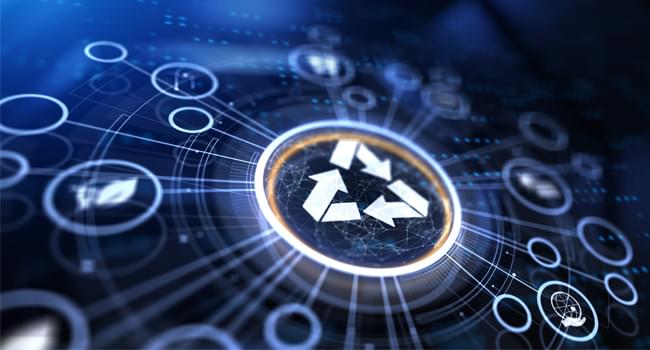
- Use of post-consumer recycled (PCR) plastics in packaging is expected to reach 5.6 million tonnes in 2026, with growth forecast at 8.6% CAGR
- Currently 64.7% of this is PET. Chemical recycling will be vital in broadening the range of quality polymers available to converters
- Chemical recycling is receiving major investment, with US plastics companies investing $8.7 billion across the past five years.
Our exclusive content
- Mechanical and chemical recycling both have vital roles in delivering a truly circular economy for plastics. This Smithers study quantifies current and future production of each process across all leading polymer types, end-use applications, and geographic regions. This is contextualised with data on forthcoming capacity expansions, and how each approach can be leveraged by industry to achieve new minimum content requirements, in an evolving regulatory landscape.
- The report provides market data for each recycling process and evaluates the competing solutions, with expert forecasting of developments in the industry to 2027
- The study analyses the current state-of-the-art for each technology; the structure of chemical and mechanical recycling markets for 2017–27; and examines how commercial-scale chemical recycling will reshape the materials supply for packaging and other end-use sectors.
This report is based on extensive primary and secondary research. Primary research consisted of targeted interviews with material suppliers, converters and experts drawn from key markets. This was supported by secondary research in the form of extensive literature analysis of published data, official government statistics, domestic and international trade organisation data, company websites, industry reports, trade press articles, presentations, and attendance at trade events.
About the author
Patrick Ellis has spent over 50 years working in the European plastics industry, in a variety of technical, marketing and management roles. He has worked for a number of multi-national organisations, including Shell, Borg-Warner, Monsanto, Hercules, Himont, Neste and the RTP Company. He has written multiple market and technology reports for Smithers on a range of subjects, including thermoset and thermoplastic elastomers, as well as chemical recycling.
Who should buy the report?
- Packaging converters
- Suppliers of plastic materials
- Recycling companies
- Waste management companies
Name The Future of Mechanical vs Chemical Recycling to 2027
Date 7/7/2023
Price $6750.00


